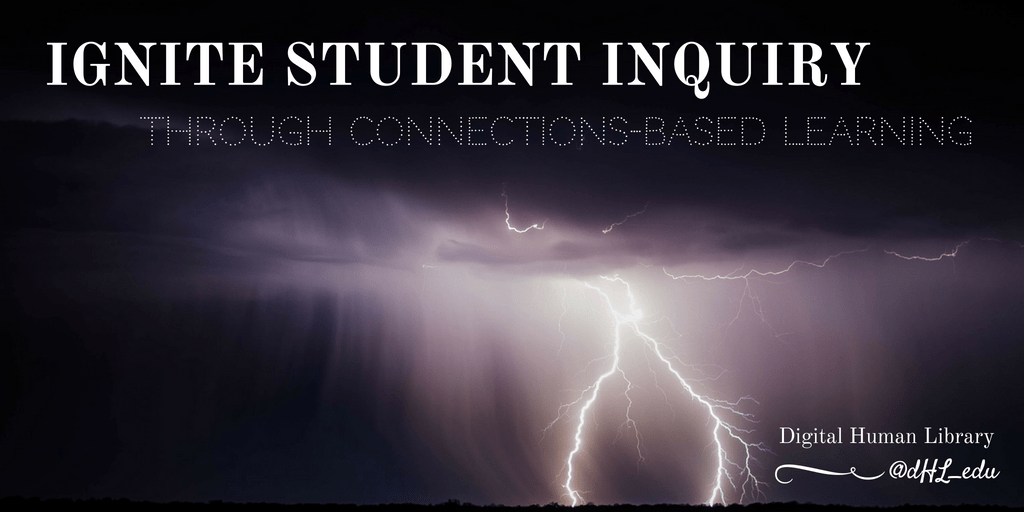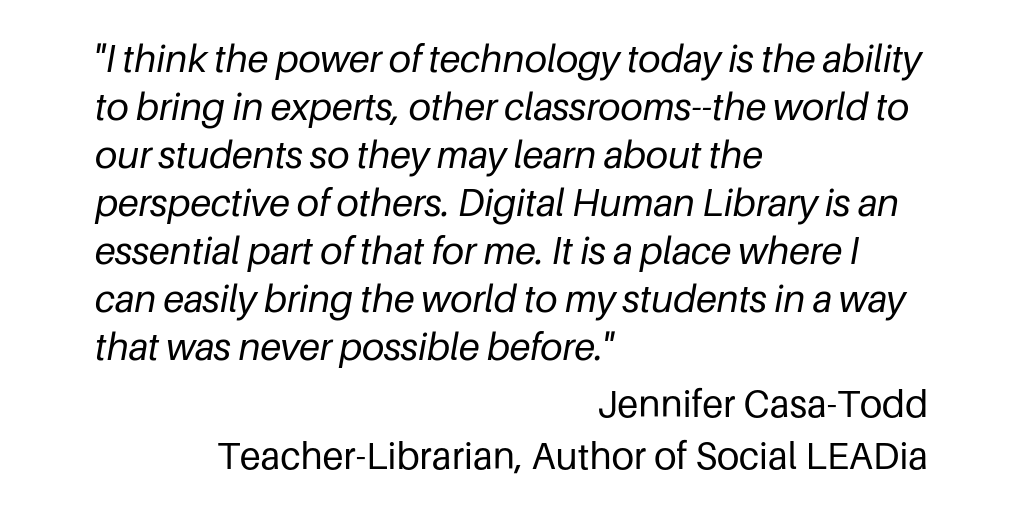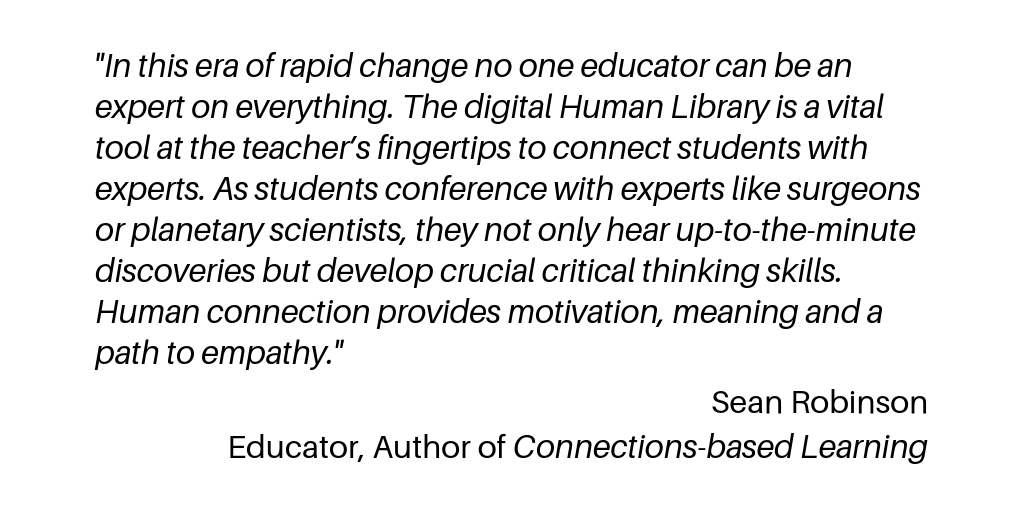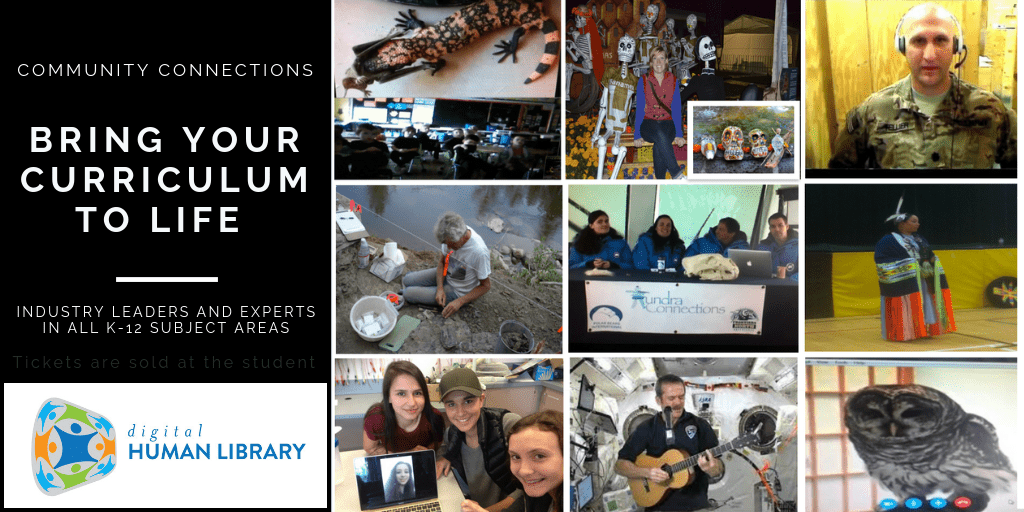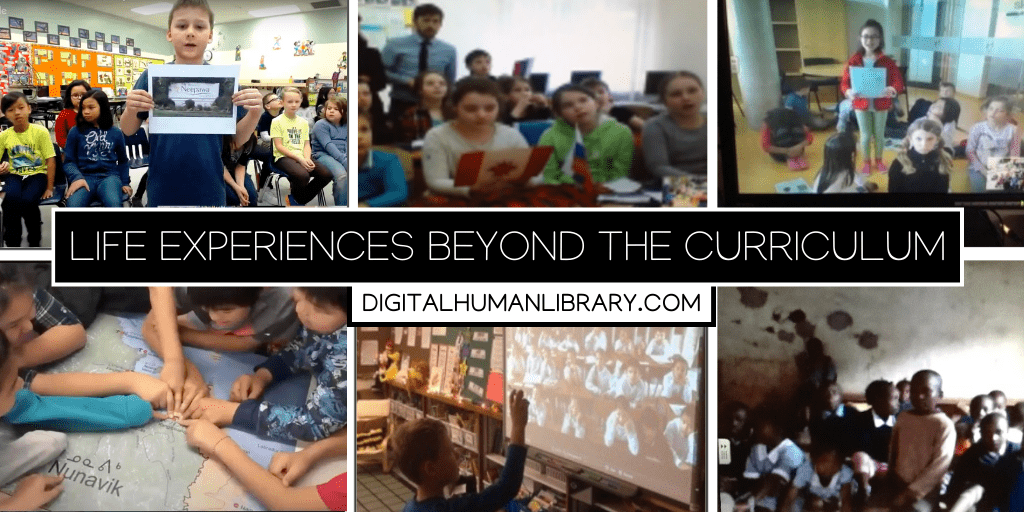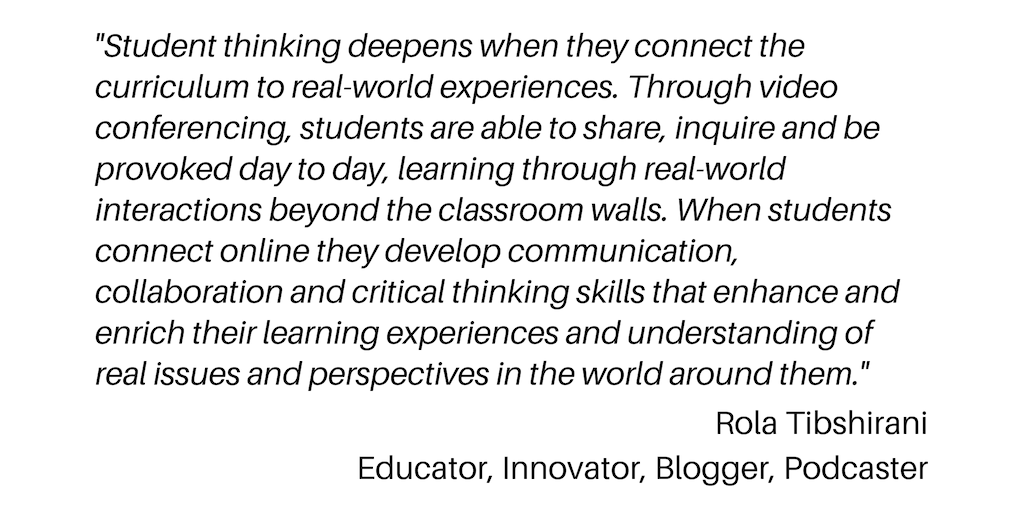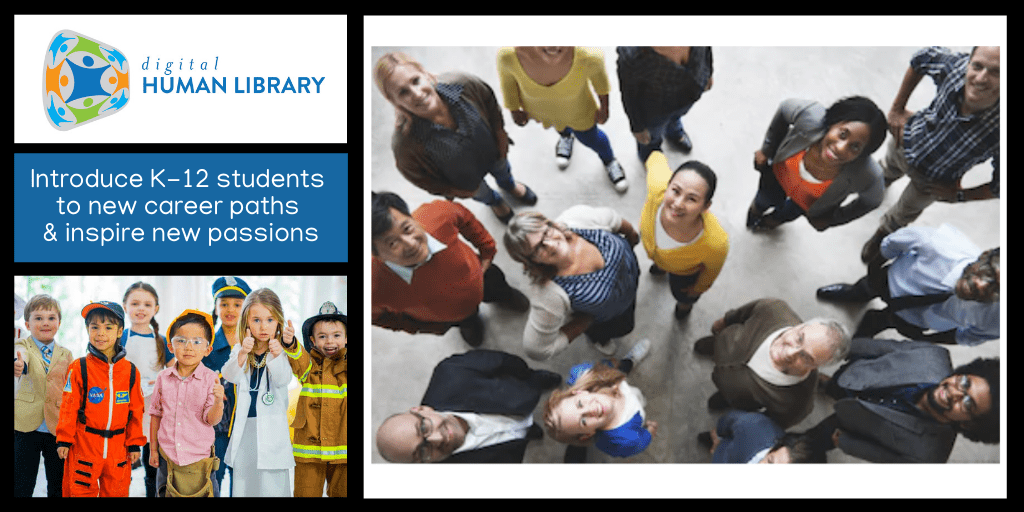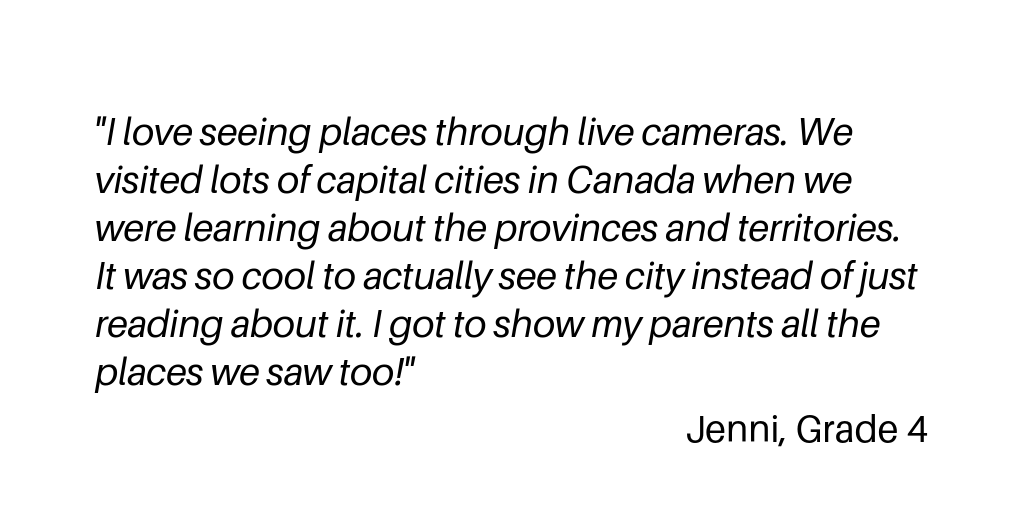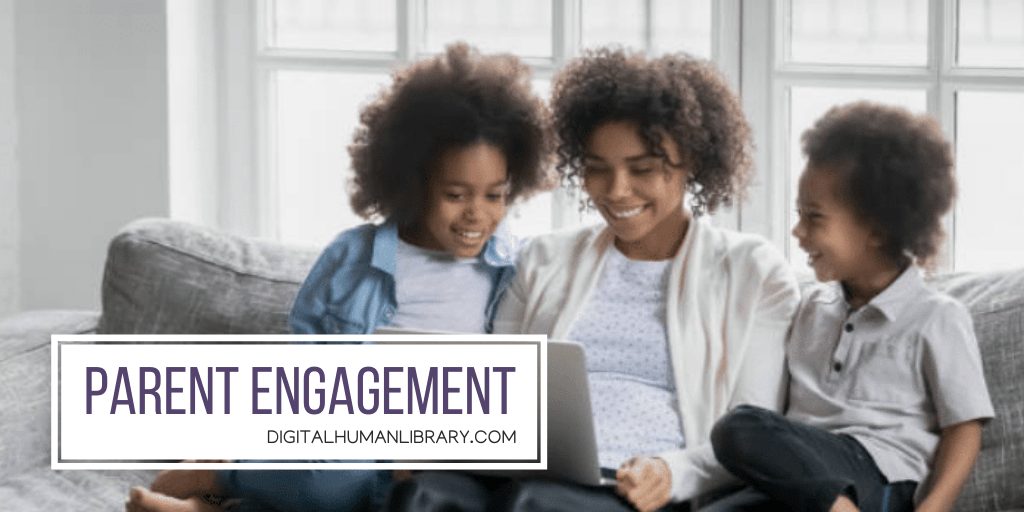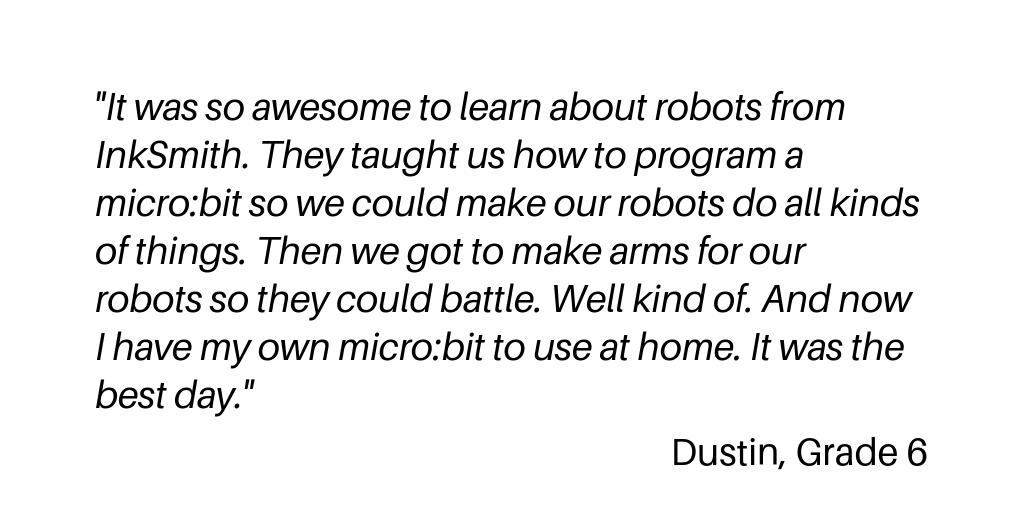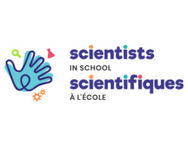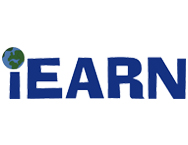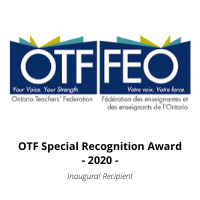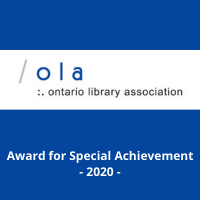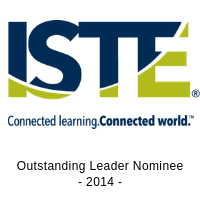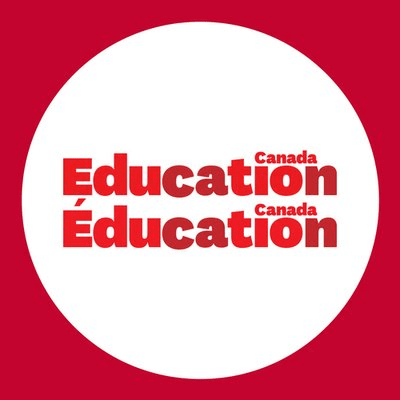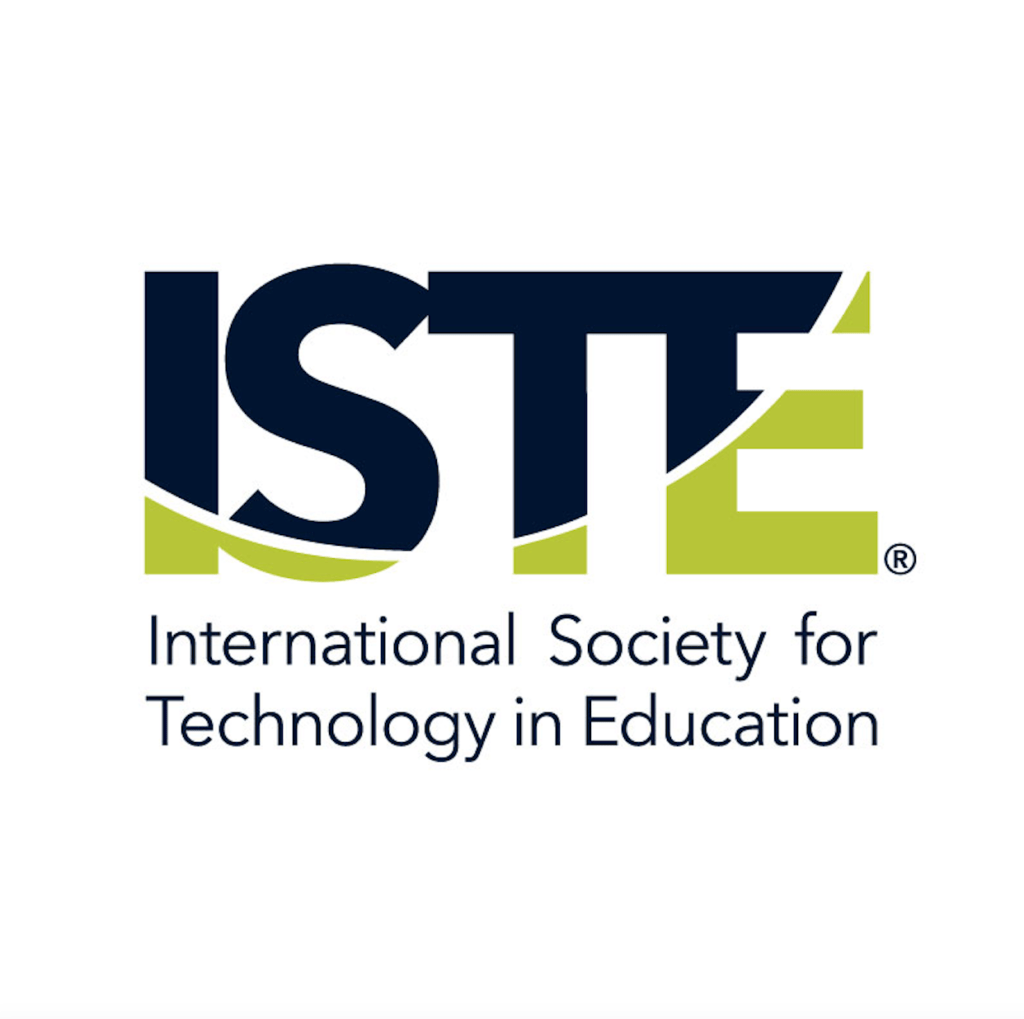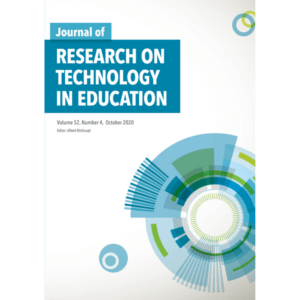BY HILARY BIRD
Plenty of negative hype surrounds the use of social media in education. However, there is also substantial evidence that careful social media usage can benefit teens. And the benefits don’t stop there: it can also help parents and teachers if used wisely.
The positive uses for social media tend to get buried underneath an array of negative content. For that reason, I’ve collected some of my favourite classroom strategies for productive social media use and described them below.

1. Civic and Safety Skills
In the classroom, students acquire knowledge and skills that prepare them to be contributing citizens and self-sufficient adults. With so much political dialogue, social movement and commerce occurring on online platforms, aren’t social media literacy skills just as necessary as mathematical or scientific skills? Many teachers already incorporate lessons on digital citizenship into their curriculum, teaching students how to evaluate the credibility of online information, properly cite sources and more.
Another relevant way to bring social media into the classroom is to teach necessary safety skills. If students know how to limit the amount of personal information they share online and keep their accounts private, they’re less likely to attract online predators. Teaching online etiquette can also help students avoid or respond appropriately to cyberbullying.
2. Communication with Students and Parents
Many schools purchase educational platforms to manage gradebooks, attendance and other school records. Most of them include parent and student portals where families can access class grades, download resources and communicate with the teacher. However, the students that need these resources the most often struggle to use them.
Putting homework help and class resources on a more familiar platform, such as a class blog or Facebook page, makes this information more accessible to everyone and encourages families to visit those spaces together. Some teachers even use Twitter, creating class-specific hashtags to tweet reminders or field student questions.
3. Engaging Homework
We all know how much students love busy work. As one alternative to worksheets, structured social media assignments allow students to apply their skills online. Hashtag discussions are a great companion to any reading assignment, facilitating student questions and insights. English teachers might send students searching for grammatical errors on a celebrity’s Twitter feed. Students could also create an Instagram or Facebook account for a historical figure and post about actual events from their life. The options are endless.
Keep in mind too, that even though the majority of teenage students have access to social media, some do not, nor are they necessarily using it. It’s important to always provide an alternative way for students to complete the assignment, such as discussing the reading with a family member, editing grammar on ads or flyers or writing journal entries for a historical figure. Social media homework assignments are just one great way for students to creatively synthesize their learning.
4. Global Connections
Another goal of education is to expand students’ perspectives beyond their own experiences. Typical curricula include world civilizations, social studies, geography, history, foreign languages and more. Why not then, work toward that same objective by arranging authentic engagements with other cultures in classes around the world?
There are plenty of classroom-centred sites and programs that connect students from different countries, allowing them to collaborate on projects and learn about other cultures. Some use Zoom, Skype, or Hangouts to facilitate conversations, while others use email or social media sites for written correspondence. It’s a powerful way to introduce students to new people, new ideas and new cultures.
5. Professional Development
Social media can benefit classroom learning beyond one lesson or unit too. Teachers who continue learning are better teachers, and social media can facilitate that growth by connecting teachers to professional communities and resources. Organizations like EdCan, voicEd radio and some Ministries of Education regularly post on Facebook and Twitter. There are high-quality blogs and Facebook pages published by other teachers, some focusing on specific subject areas, others on the use of technology, inclusion and more.
No matter the topic or platform, teachers who participate actively in a professional community will create a better learning environment for their students. Further, staying active on social platforms can help teachers better understand the online spaces where students spend so much of their time. It’s easier to make genuine connections with kids when you can meet them where they are.
So yes, social media has its weaknesses. Let’s not forget, however, the strengths it offers to teachers, students, and parents. It can facilitate global communication, connect struggling students with resources, make homework more engaging and give teachers a strong professional community. Positive social media strategies like these work well in a singular lesson plan or even throughout the school year.

Hilary Bird is a digital journalist who writes about the things that fascinate her the most: relationships, technology, and how they impact each other. As more and more people become more and more reliant on their tech devices, Hilary wants to help them stay safe and understand how these devices will reshape the way we communicate.
This post is also available in: English (Anglais)


